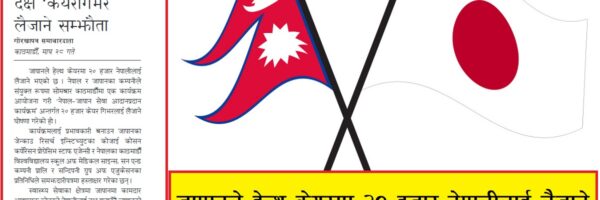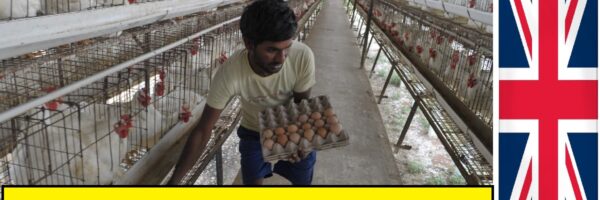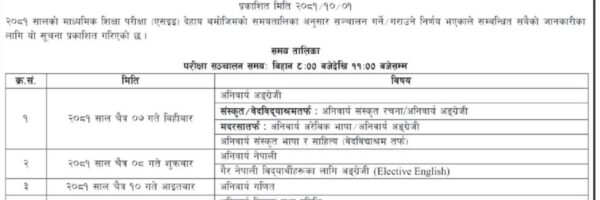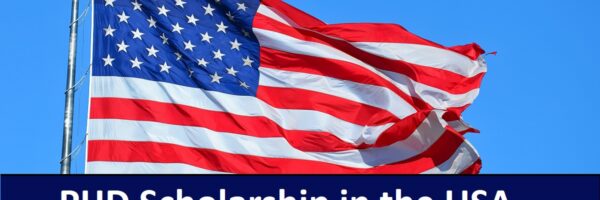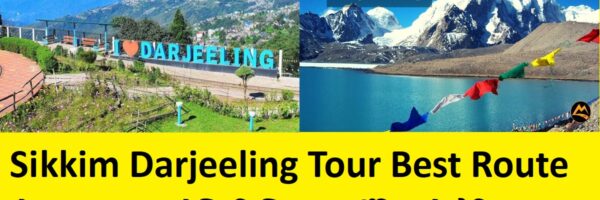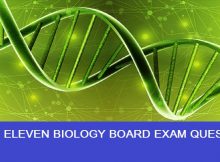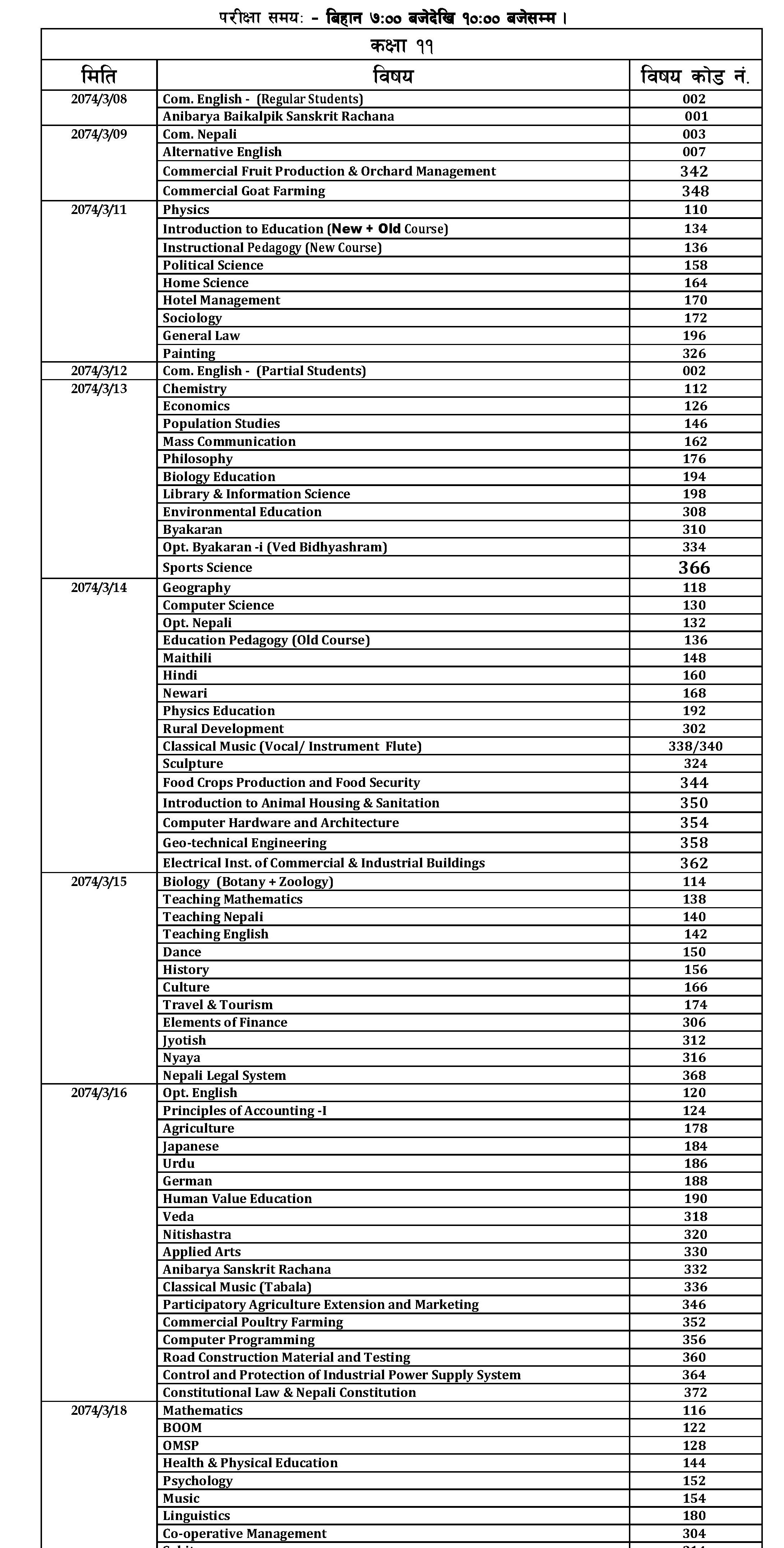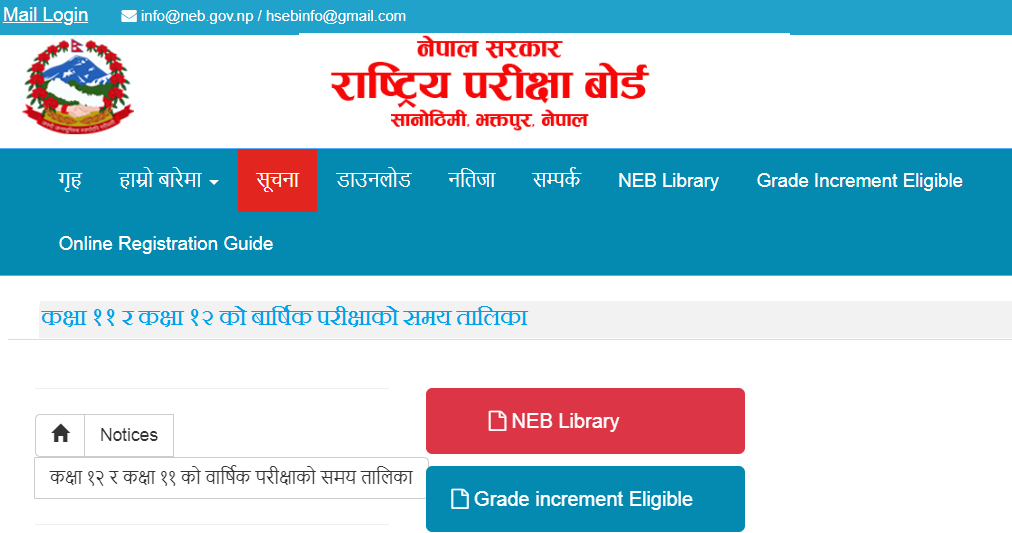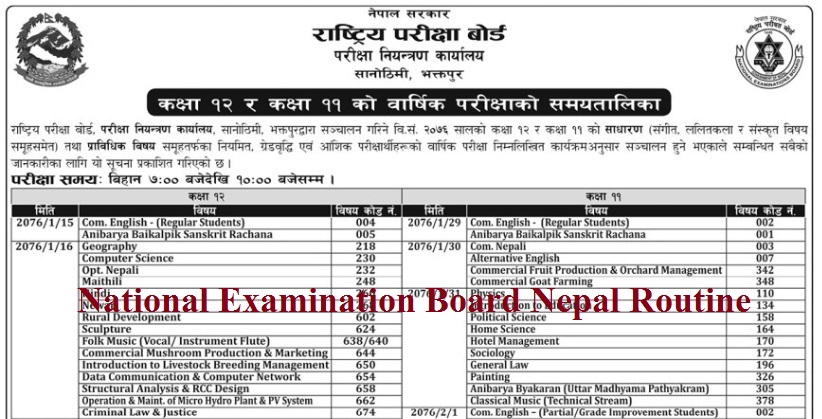Here we have Grade 11 Biology questions. In grade 11 biology is compulsory subject for science stream. More grade 11 board exam questions.
So together with grade 11 biology question we have attached the timetable. This timetable is the latest revised one. Due to local election the exam is rescheduled.
Grade 11 Revised Timetable
Table of Contents
- Grade 11 Revised Timetable
- Grade 11 Biology Questions [SET I]
- Grade 11 Biology Questions Section ‘B’ [Botany]
- 2. Answer any five grade 11 biology questions in brief: (5×3=15)
- 1. Answer any seven in very short: (7×1=7)
- 5. Answer any seven in very short: (7×1=7)
- 6. Answer any five in brief: (5×3=15)
- Grade 11 Biology Questions [SET III]
- 2. Answer any five questions in brief. [3×5=15]
- 1. Answer in very short (any seven): [1X7=7]
EDV 2018 Second List
Latest Local Election 2074 Result
Lok Sewa aayog Result
Grade 11 Biology Questions [SET I]
Section: ‘A’ Grade 11 biology questions[Zoology]
1. Answer any seven questions in very short. (1×7=7)
a. Define the terms:
(i) Exobiology (ii) Paleontology.
b. What is Neo-Darwinism?
c. State the status of caelome in Nemathelminthes.
d. Give two distinguishing features of class Rhizopoda of Phylumn Protozoa.
e. What type of circulatory system is found in Arthropoda? Mention.
f. How Amphibians are different in their adaptation from fishes?
g. Define the term Echinodermata.
h. Mention how community differs from ecosystem.
i. What is national Park? How is it different from conservation area?
2. Answer any five questions in brief: (3×5=15)
a. Give some important characters of Phylumn Mollusca.
b. What is adaptation? Mention the xeric adaptation of organisms. (Animals)
c. Draw a labelled diagram showing the internal structure of heart of frog.
d. What is Pollution? What should we do to solve the problem?
e. Discuss Oparin-Haldane theory (Biochemical theory) of origin of life.
f. Give a brief account of human evolution starting from homonids to modern man.
g. Discuss Lamarck’s theory of inheritance of acquired characters.
3. Describe the digestive system of earthworm with a suitable diagram.
or
Give an account of lung of frog and its working mechanism. (7.5)
4. Describe the different reasons for the decline of wild animals and suggest how to protect them. (4+4)
Grade 11 Biology Questions Section ‘B’ [Botany]
1. Answer any seven in very short. (7×1=7)
a. Differentiate Prokaryotic & Eukaryotic cells on the basis of Nucleus.
b. Define Plasmodesmata.
c. Why are Cyanobacteria called blue-green algae?
d. Define Coenocytaic hyphae.
f. Define green house effect.
g. Why are lichens called pioneer of Vegetation?
h. What is Syngenesious condition of stamens?
i. Define seral Community.
j. Define Virion.
2. Answer any five grade 11 biology questions in brief: (5×3=15)
a. Differentiate DNA & RNA.
b. Give the shortcomings of two kingdom system of classification.
c. Describe the haplobiontic life cycle of yeast with illustrative figures.
d. Illustrate vegetative structure of Spirogyra with neat & labelled diagram (no description is required)
e. Describe floral characters of Gramineae family.
f. Energy flow in an ecosystem is always unidirectional. Explain.
g. How does carbon cycle exist in Nature?
3.Describe prophase I of Meiosis cell division. Distinguish it from prophase of Mitosis. (8)
4. Give the distinguishing characters of Solanaceae with floral formula and floral diagram. Mention botanical names of three economically important plants of this family. (7.5)
OR
Describe alternation of Generation with reference to life cycle of Marchantia.
Grade 11 Biology Questions SET II
Group: A (Botany)
1. Answer any seven in very short: (7×1=7)
a. What is the significance of cellular totipotency?
b. Name two semi-autonomous cell organelles.
c. What is the first layer to be formed after cell division? What is it made up of?
d. What are peritrichous bacteria?
e. Define axile placentation.
f. What are coralloid roots in Cycas?
g. Name any two foliose lichens.
h. Define mutualism.
i. What is peptide bond?
j. Define ecotypes.
2. Answer any five in brief: (5×3=15)
a. Describe the structure of Watson and Crick’s model of DNA.
b. Who proposed fluid mosaic model? Describe how it explains semi-permeability of cell membrane.
c. Describe various changes that occur during pachytene sub-stage of prophase-I of Meiosis-I with illustrative figures.
d. Describe lateral conjugation in Spirogyra with illustrative figures.
e. Draw well labeled diagram of life cycle of Marchantia. (no description is required)
f. Describe sexual reproduction in yeast.
g. Describe how Nitrogen cycle occurs in nature.
3. What is alternation of generation? Describe it in reference to life cycle of fern.(7.5)
OR
List out distinguishing features of the family Cruciferae with floral formula and floral diagram. Describe the economic importance of any three plants that belong to the family.
4. Define ecosystem. Describe structural and functional aspects of pond ecosystem. (8)
Group: ‘B’ (Zoology)
5. Answer any seven in very short: (7×1=7)
a. What do you understand by the term sericulture? Define.
b. Give two points of difference between Plasmodium and Paramecium.
c. Name both the vector as well as the causative agent of Malaria.
d. Define the term pollutants with examples.
e. Name the biggest protected area of Nepal and mention the location.
f. What is meant by :
(I) Variation
(II) Natural selection
g. What is archaeopteryx? What is its significance in evolution?
h. What is Neo-Darwinism? Clarify its concept of evolution.
i. Mention any two drawbacks of Lamarckism.
j. Describe the physical condition of the primitive earth.
6. Answer any five in brief: (5×3=15)
a. Differentiate between National park and conservation area.
b. Write short notes on asexual reproduction in Paramecium.
c. Describe the adaptational features of a fish.
d. Differentiate between vertebrates and invertebrates.
e. State the theory of biochemical origin of life and explain how the first life is formed according to this theory.
f. Trace human evolution from the early primates to the modern man.
g. What is digestion? Discuss the physiology of digestion of food in frog.
7. Give an account of the excretory system of earthworm. (7.5)
OR
Describe the internal structure of heart of frog and its working mechanism.
8. Describe the sources, pollutants, consequences and solution of air pollution. (8)
Grade 11 Biology Questions [SET III]
(Botany)
1. Answer any seven questions in very short. [1×7=7]
a. What is cell theory?
b. Why lysosomes are called suicidal bags?
c. Why ferns are called vascular plants?
d. What do you mean by heterocyst?
e. Give scientific names of any two bacteria which are important in agriculture.
f. Define ecological succession.
g. Define trophic level.
h. What do you mean by binomial system of nomenclature?
i. Define green house effect.
j. What are coralloid roots, in which plants are they found?
2. Answer any five questions in brief. [3×5=15]
a. Describe the double helical structure of DNA.
b. Describe the structure and function of mitochondria.
c. Illustrate the life cycle of Mucor with well labeled diagram.(Description not required)
d. Give the advantages of five kingdom system of classification.
e. Describe carbon cycle.
f. Describe afforestation and discuss its benefits.
g. Give the floral diagram and floral formula of family Cruciferae.
3. Define ecosystem. Describe briefly the energy flow in pond ecosystem. [8]
4. Describe family Solanaceae in semi-technical terms with its floral formula, and floral diagram. Mention scientific names of any two economically important plants of this family. [7.5]
OR
Define alternation of generation and discuss it with reference to the life cycle of Funaria.
(Zoology)
1. Answer in very short (any seven): [1X7=7]
a. Write down the Biological names of Snow Leopard and Sal tree.
b. Name the respiratory organ of Paramecium.
c. Which malaria parasite causes the dangerous disease and why do you say that?
d. Write note shortly on smog.
e. Differentiate platyhelminthes from nemathelminthes.
f. Explain the importance of mutation in evolution.
g. Clarify the concept of theory of special creation?
h. What is meant by genetic drift?
i. Acquired characters are not inherited Explain with an example
2. Grade Eleven Biology Short Questions
a. What can we do to prevent those endangered organisms being extinct? Write shortly.
b. Draw a well labeled diagram of trophozoite of Malaria parasite.
c. Write short notes on any class of Echinodermata.
d. Write a note on origin of earth.
e. Draw a well labeled diagram of heart of frog
f. Explain Darwin’s concept of struggle for existence and survival of the fittest .
g. Trace the evolution of modern man from the early primates.
3. What is meant by Pollution? What are the causes of it? Describe the consequences and give solving methods. [8]
4. Discuss the mechanism of respiration in frog. [7.5]
OR
Give an account of excretory system in earthworm.
